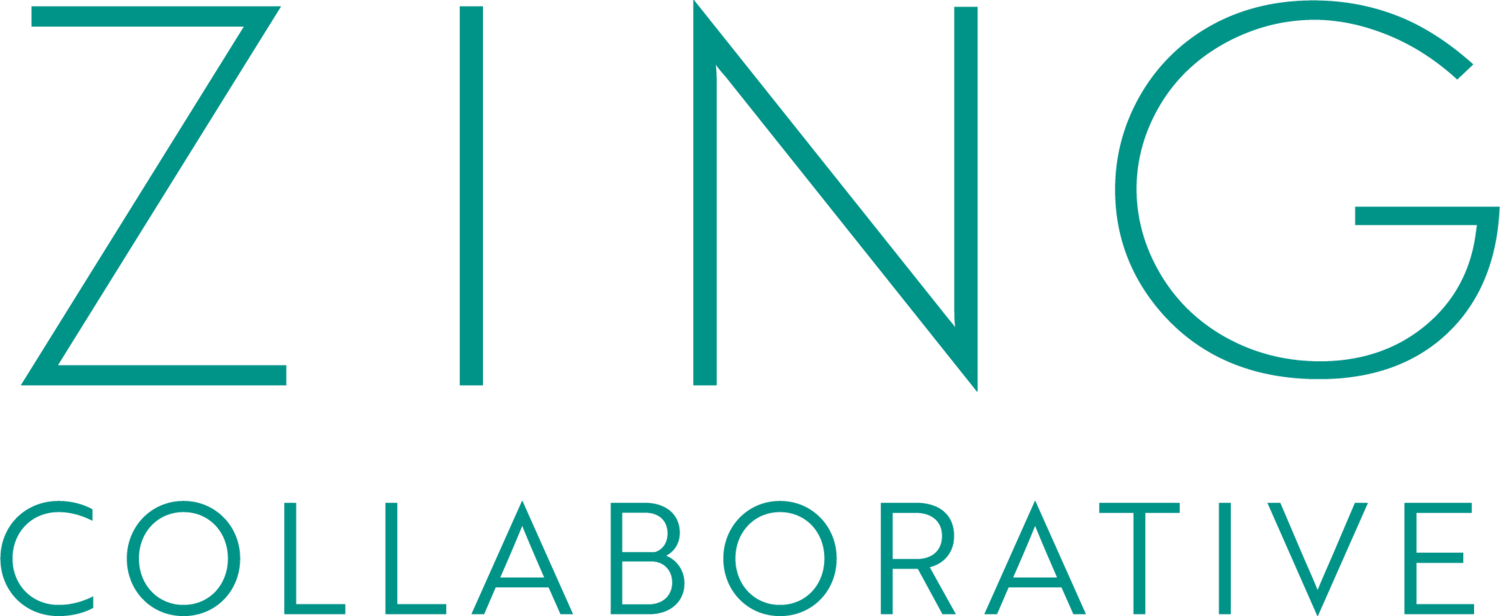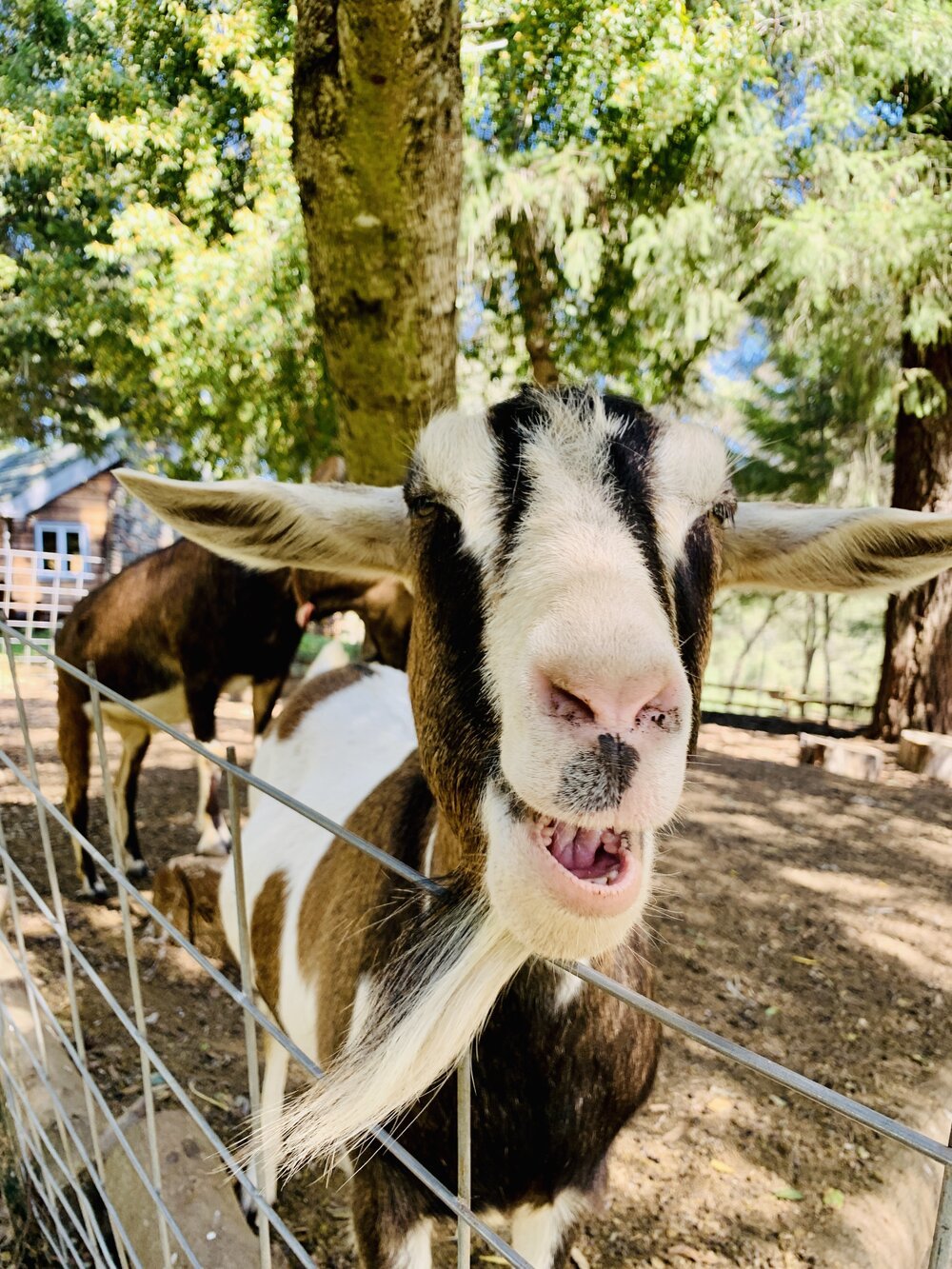DECISION FILTERS
Decision Filters. This photo is from the Women, Water, Leadership, and Land Retreat that I led in collaboration with three dear colleagues right before the world shut down. Using the decision filter to consider this opportunity when these incredible women first approach me about this possibility, this was a resounding HELL YES! This is one of the residents of the retreat center. :)
Do you use Decision Filters?
This process involves creating a set of criteria or principles, and then ‘filtering’ everyday decisions through this set of criteria or principles.
This has the potential to reduce decision fatigue; eliminate what often feels like ‘death by a thousand paper cuts’ that we get from making decisions all day; and ultimately help us to live in alignment with our values and principles.
Let’s talk about how to use these.
Decision Filters for Clothes
It took me way too many years to figure this out, but when it comes to clothes, I have four very specific preferences. I like natural materials, solid colors; colors from within a very specific color palette; and shopping from companies that produce their clothing in an ethical and sustainable way.
If I would have recognized this sooner, it would have saved me a heck of a lot of questionable fashion choices in earlier phases of life, as well as a lot of money spent in the Anthropologie sale closet when I was in my 20s. Ah, hindsight.
But, now I know, and I can make decisions accordingly.
When thinking about what to donate from within my closet, I can use this set of criteria to eliminate items that don’t meet this set of criteria. When considering a purchase, I can use this set of criteria by asking:
Is this made from a natural material?
Is this a solid color?
Is this a color from within my preferred color palette?
Was this made in a sustainable way?
Using this criteria eliminates wasteful purposes and helps to guide me toward fewer, better pieces that I wear frequently.
Decision Filters for Home
A couple years ago, I accrued an unfortunate “educational cost” by taking the advice of an outside expert related to my master bedroom. Let’s just say that I ended up with a duvet cover that looked like a Pepto Bismol bottle threw up all over it. To say that it was neither my color palette, nor my style, would be an understatement.
As with clothes, I have a specific set of criteria that I know to be true for my home. I like a specific color palette and a specific feeling for within the space. The Pepto Bismol spread was definitely not it. If I would have stayed true to myself and my own set of criteria, Ms. PBS (Pepto Bismol Spread) would have never made the cut. Thankfully, I was able to exchange her for another color.
(As a humorous side note, I noticed when making the return that the company had discontinued the color altogether and replaced it with something much more favorable; apparently, I was not alone on this one!)
In our world of social media and hyper-targeted advertising, it can be tempting to fall prey to the allure of advertising. Maybe we do need that piece of art for the living room. Maybe we do need a new trendy chair for the office. Maybe we do need to repaint everything in the Pantone Color of the Year.
No matter how good the advertising gets, it will never know more about us than we know about ourselves. To stay true to ourselves and avoid the outside temptations that fly into our inboxes and mailboxes and feeds each day, we can use our decision filters. This will save us money, frustration, and unnecessary returns.
Decision Filters at Work
One of my dear and brilliant clients is one of only a few women in her role within her organization. This means that she gets a lot of requests to participate in things. Mentoring other women in the organization; being on committees; participating in meetings; planning the next professional development opportunity; etc. All of this is in addition to her core job.
Because she’s wonderful, talented, and genuinely believes in supporting other women within the organization, her urge is to say yes. However, in doing so, she’s forced to set her own priorities aside (or do them at 10 pm).
Together, we’ve been working on a set of decision filters, which she can put these requests through.
Does this request align with my highest priorities?
Is this in the highest service of me, of the organization, and of our clients?
Would this be an incredible opportunity for someone else on my team?
While this isn’t a perfect science or a silver bullet, it provides a process to triage these requests. For those of us who are obligers and who want to say yes to all of the things, this can be a very helpful tool.
Decision Filters for our Business and our Personal Commitments
Finally, we can use decision filters to help us decide what we say yes and no to in both our business, and our personal life.
I use decision filters continually in my business to help me decide what opportunities to say yes and no to. I ask myself:
Does this opportunity align with my values?
Does it align with my goals for my business?
Will it feel joyful?
While, like with the clothing situation, I occasionally get allured by something that isn’t a 100% match, over the years I’ve gotten more and more rigorous with applying this filter to any inquiry that comes through. Once again, as an obliger, this helps me to remove some of the guilt and challenge that typically goes along with saying no.
It makes the decision bigger than me as an individual - it is about the criteria, the values, and the principles that I stand for in my business.
I also use decision filters when considering how to donate and volunteer. Over the past couple of years, here are a few examples of requests that came through and/or that I was considering:
Making a financial contribution to a golf outing benefit event - several dear friends and colleagues were involved
Serving on the board for an organization that sends gifts and balloons to kids for their birthday - several dear friends and colleagues were involved
Serving on the board for a local farmer’s market - several dear friends and colleagues were involved
Serving on our neighborhood association’s board - several dear neighbors were involved
When it comes to giving back, I feel most personally connected to causes that are focused on the environment and/or environmental justice. As a result, none of the above opportunities were a match, despite how much I adored the people involved. (Plus, I don’t golf - and I cringe every time I see people releasing balloons into the sky due to their impact on the environment - so an organization relating to balloons would not be in alignment with my personal integrity. More on that here, and here, if you’re interested.)
On the flip side, this decision makes it an easy “yes” for me to get involved with things such as:
Local organizations focused on water
Writing postcards to voters
Being a member of 1% for the Planet, where I donate 1% of sales each year to organizations focused on this type of work
In Conclusion
Decision filters empower us to identify a set of criteria or principles up front - and then run all incoming decisions through our pre-identified filter. This has the potential to reduce a great deal of in-the-moment stress related to decision making, save us time and money, and ultimately help us to align our actions with the things that are important to us.
If you’d like to start down this road, here are a few ways to do so.
Pick one of the areas above to start with. I’d recommend starting with an easier category first.
Identify your criteria, principles, or values for the above area.
Practice using your new filter.
Once it starts to feel natural, consider expanding into other areas.
What do you think?
Do you use decision filters in your life?
Enjoy the process if you decide to give this a try.
Here are some related resources and posts, if you’d like to read further.
Gretchen Rubin’s 4 Tendencies Quiz - find out your tendency (as referenced above, I unfortunately am an obliger!)

